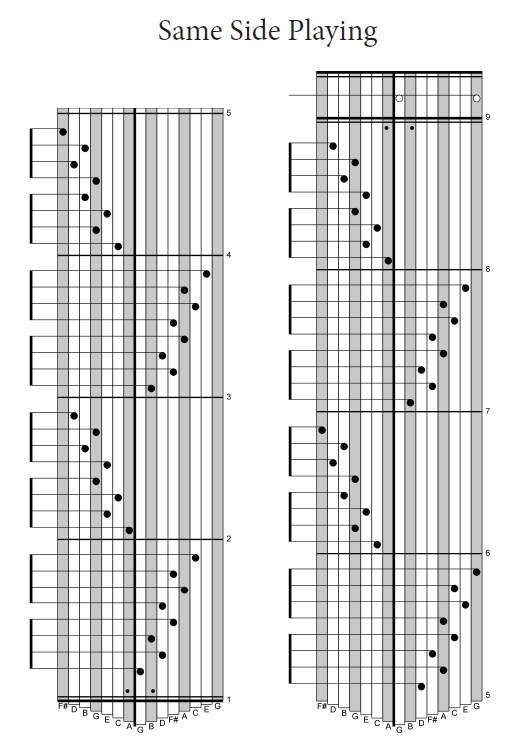
Use of this website constitutes acceptance of the Privacy Policy and User Agreement. Copyright © 2020 Kalimba Magic. All Rights Reserved.
To me, traditional African mbira music is one of the best musics I have ever experienced. I feel it’s the pinnacle of African music. It has pure logic, with a spiritual core. Even though its structure is many centuries old, every time I hear it, it sounds fresh and modern to me. (You can hear two wonderful mbira songs right now by clicking in Related Articles below, on “Listen to Mark…” or the YouTube song below it.) This music is magical, speaking to a deep inner part of my being. And there are many in the world who agree with me!
In my years learning and playing kalimba, I have not spent much time trying to play mbira music. But I have come to be very interested in this amazing genre, and want to make it accessible to many more people. I am on a quest to learn African mbira music and translate it onto the Hugh Tracey kalimba and the African Tuned karimba, which are not nearly as demanding or complex to play as the mbira. I know there are many other people who play and love the kalimba as I do, and I believe that they would enjoy playing this music on kalimba as well. Being that kalimba is my “native musical language”, and it is the instrument I play the most and feel the most natural on, playing mbira music on the kalimba is a bit like learning a foreign language. But I am seeing the way… and I am sharing that way with you.
The last post regarding mbira dealt with developing a facility playing octaves and fifth intervals which are a crucial part of mbira musical structure. This post demonstrates a simple exercise for playing quickly on one side, and is another motion you need to be comfortable with to play mbira music on the kalimba.
Playing a pattern that has all the notes on the same side of the kalimba will usually sound beautiful. Adjacent notes will be a 3rd apart, and if you skip the adjacent note and go to the next note, the interval becomes a 5th. The 3rd and the 5th are the fundamental intervals in a chord, and those notes will sound good either played together or one after the other.
The drawback of playing several notes on the same side is that it’s impossible to do it very quickly. You are limited in how fast you can play one-sided riffs, but practice develops coordination and speed. Start the music below as slowly as you need, and gradually speed up as you gain strength, confidence, and stability.

While this exercise is for the Alto kalimba, you can invent similar exercises for any kalimba.
Remember the prime rule of thumb: if it sounds good, it is good.
When you know these patterns by heart, try playing them slowly with your eyes closed, or while looking away from the kalimba.


Sign up for our newsletter and free resources with your email address:
We pinky promise not to spam you and to only send good stuff.
 Assist Paul Tracey Rebuild His House in Pacific Palisades
Assist Paul Tracey Rebuild His House in Pacific Palisades 8-Note Spiral Kalimba Turned into a Student Karimba
8-Note Spiral Kalimba Turned into a Student Karimba Seek to Infuse Your Musical Moments With Beauty and Magic
Seek to Infuse Your Musical Moments With Beauty and MagicUse of this website constitutes acceptance of the Privacy Policy and User Agreement. Copyright © 2020 Kalimba Magic. All Rights Reserved.